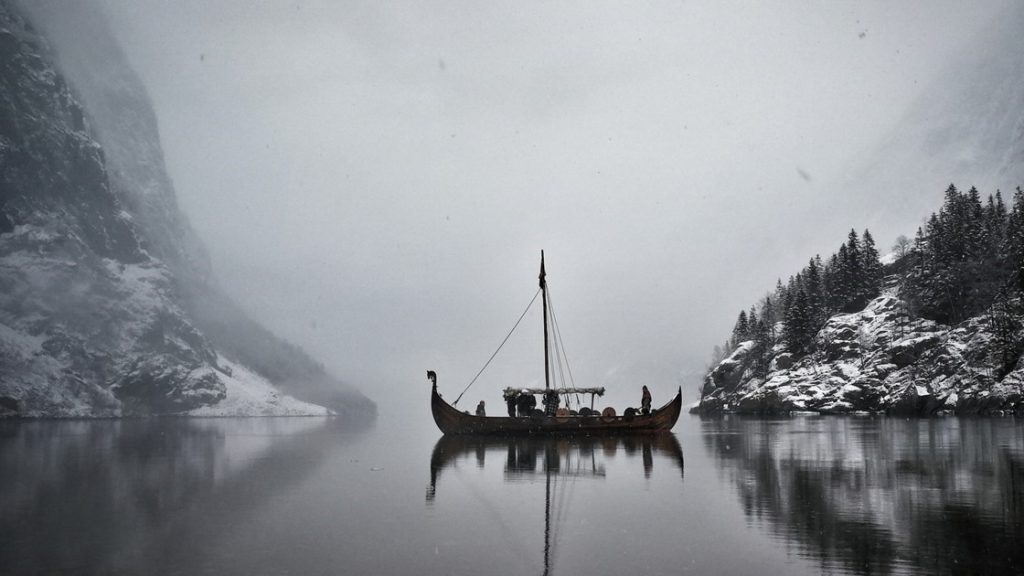Location
Malawi is a nation in southeast Africa that is completely surrounded by land. It comprises a short strip of land that curves around the East African Rift Valley and is endowed with stunning hills and large lakes. More over one-fifth of the landmass that makes up Malawi is taken up by Lake Malawi, which is sometimes referred to as Lake Nyasa.
Language
Chichewa is recognized as the country’s official language. Although English is the language of instruction in schools, members of each tribe speak their own uni que languages. The following list of Chichewa and Tumbuka words is provided for your convenience in the event that you find yourself in Malawi.
Climate
There are two primary seasons in Malawi: the cool dry season, which lasts from May to October and has average temperatures of roughly 13 degrees Celsius in June and July; and the hot wet season, which lasts from November to April and has temperatures that range from 30 degrees to 35 degrees Celsius. The annual rainfall varies from 600 millimeters on the floors of the rift valleys to 1600 millimeters per year in the higher regions. Rainfall is varied dependent on height. Complex topography causes deflections of moisture-bearing winds, which are accountable for downpour and rain-shadow effects in varied terrains. These deflections lead to local variations in rainfall that are induced by rainfall and rain-shadow effects.
History
Originally known as Nyasaland, the nation that is today known as Malawi was formerly located in southeast Africa. It has a population of about 14 million people and is bordered by Zambia, Tanzania, and Mozambique. The land area is 45,560 square miles.
Malawi has a lengthy and fascinating history, dating back to the 10th century when it was first colonized by migrating Bantu tribes. In 1891, the region was colonized by the United Kingdom, and in 1953, it was included into the Central African Federation as a semi-independent state. This was terminated ten years later, in 1964, and Malawi attained its independence under its present name at that time. Joyce Banda, who was recently elected as Malawi’s first female president, presides over the country’s democratic, multi-party administration. Malawi’s military is comprised of a modest number of soldiers, sailors, and airmen. Malawi’s foreign policy has become more pro-Western in recent years, and the country is represented in a wide variety of international organizations.
Early history
Before the Bantu peoples arrived to the region in the 10th century, the land that is now the country of Malawi was inhabited by a sparse population of hunter-gatherers. These tribes had established a large kingdom by the year 1500, but shortly after the turn of the next century, native tribesmen started coming into contact with Portuguese traders and military personnel. As a result, they began engaging in commerce with the Portuguese and forming alliances with them. By the year 1700, the empire had already disintegrated into its constituent tribes.
David Livingstone, a medical missionary and explorer, arrived in Lake Malawi in 1859 and determined that there was a particular spot that would be appropriate for a European colony. In addition to the establishment of a number of religious communities in the area, the Shire Highlands to the south of the lake were became the subject of a British protectorate in the year 1889. The protectorate was renamed Nyasaland in 1907, and it used that name up to the end of British authority in the area in which it was located.
The Nyasaland African Congress was established in 1944, and a few years later, the nation joined the Central African Federation together with Northern Rhodesia and Southern Rhodesia. This continued until 1963, at which point Nyasaland declared its independence and subsequently adopted the name Malawi for its new nation.




